Sebastian Vettel is a famous German Formula 1 driver who has won the championship four times. He is considered one of the best drivers of his generation and has been praised for his skills behind the wheel. While many other professional drivers turned to simulator racing during the pandemic, Vettel said he was not interested. Instead, he prefers to focus on physical training and spending time with his family when not racing. This determination to maintain his physical condition may be one of the reasons why he has been so successful in his career.
Simracing: a passion for professional drivers
Simulation racing became a popular passion for many professional drivers, especially during the COVID-19 pandemic, when most motorsports events were cancelled. This virtual sport offers the opportunity to hone your driving skills, stay competitive and connect with fans. Many drivers use simulation racing as a training tool to improve their reaction time and racing technique. Simulation racing also offers an affordable way for amateur drivers to get a taste of racing. However, not all drivers share the same enthusiasm for simulation racing. Some, like Sebastian Vettel, seem to prefer alternative forms of training and recreation outside the digital world. So why is Vettel not interested in simulation racing and what would he rather do instead ?
Why are professional drivers interested in Simracing?
Simulation is becoming increasingly popular among professional drivers because of the many benefits it offers. The ability to simulate realistic tracks and cars allows drivers to train and improve their skills in a safe and cost-effective manner. Simracing also provides a platform for friendly competition between drivers outside of official races. In addition, virtual events and fan interaction through simracing can provide a fun way for drivers to connect with their audience. However, some professional drivers may choose not to participate in simracing due to personal preference or time constraints. Despite this, the benefits of simracing have made it an attractive option for many drivers looking to improve their skills on the track.
Sebastian Vettel and Simracing
Sebastian Vettel, four-time Formula 1 champion, is one of the most successful drivers in the history of motorsport. Despite his exploits on the track, Vettel has never been a fan of sim racing. He believes that there is no substitute for on-track racing and that simulators do not provide the same level of excitement as real racing. Vettel’s preference for real races over simulation races highlights the fundamental differences between the two approaches and shows how personal preferences play a role in determining interest. However, despite his lack of enthusiasm for simulation racing, he still recognizes its importance in today’s world of motorsports and its growing popularity.
How did Sebastian Vettel perform in Simracing?
During the COVID-19 containment, many professional pilots turned to simulation racing as an alternative competition. Sebastian Vettel also participated in some virtual races such as the Legends Trophy on rFactor 2 in May 2020, but his interest was never really invested. His performance was average at best and he quickly expressed an inability to concentrate for long periods of time in virtual races versus real races. He also mentioned that he would rather spend his free time with family and friends than indulge in mock racing. Vettel does not really appreciate the world of screens and social networks. Despite this, he still recognizes the growing importance of simulation racing in motorsports and its potential benefits for drivers who are serious about it.
Why is Sebastian Vettel no longer interested in Simracing?
Sebastian Vettel’s lack of interest in simulation racing is a topic of discussion among his fans and fellow drivers. Although he once participated in virtual racing, Vettel’s interest in this style of racing has waned in recent years. He preferred to focus more on his career as a professional pilot. He believes that the skills required for simulation racing are different from those needed for real racing, and that the inability to fully simulate real race conditions is a significant limitation of simulators.
Sebastian Vettel’s simracing setup
Sebastian Vettel’s simulation setup is of great interest to real and virtual racing fans. Despite his waning interest in simulation racing, Vettel has a very high-end simulator, custom pedals and a steering wheel at his home. It should be noted that Vettel uses his equipment primarily for practice and experimentation rather than for competition or entertainment. As such, its simulator is designed to mimic real-world track conditions as closely as possible. This includes the use of high quality screens and other equipment to create a truly immersive experience.
The revelation of Sebastian Vettel’s setup
It turns out that Vettel’s setup is quite extraordinary and original. Indeed, it was actually created from an Aston Martin F1 car, specifically an AMR21 development car from 2021. But this setup is not considered a toy for the driver as it is used exclusively to hone his skills behind the wheel. Not surprisingly, Aston has done its best to make this simulation as realistic as possible.
Sebastian Vettel’s setup was built for the Saudi Arabian Grand Prix 2021. Being a new track for the season, the drivers had to get used to it behind the wheel of a simulation. But Vettel could not get as much time on a simulation compared to the others, forcing Aston to look for a solution to this problem. While the team has its own simulation, this simulation was built specifically for Vettel to take home and train as much as he wants.
Inside this setup, we find Vettel’s own custom racing seat, headrest and seatbelts, all from his 2021 car. The halo and mirrors are also from the AMR21. A custom metal frame supports the simulation and its three screens. But most surprisingly, Pro Sim also custom designed the steering wheel and pedal feedback system to match an F1 car. Not surprisingly, the entire project took several months not only to build, but also to schedule and troubleshoot. But this resulted in the only simulation on the F1 grid built from an F1 car.
The benefits of simracing for professional drivers
Simracing has become an increasingly popular tool for professional runners to train and improve their skills. With the ability to simulate real-world racing scenarios, simracing offers a unique advantage for drivers who want to hone their skills without having to be physically on a track. One of the most significant benefits of simracing is the opportunity it provides for drivers to test different car configurations and experiment with different driving techniques in a safe and controlled environment.
In addition to training opportunities, simracing also offers a cost-effective alternative to traditional racing competitions. Drivers can participate in virtual races without having to travel or invest large amounts of money in equipment and entry fees. This not only saves time and money, but also provides more opportunities for drivers to compete internationally. Overall, simracing offers many benefits to professional racers looking to improve their skills and gain exposure in the racing world.
How can simracing help professional drivers improve?
Simracing is a valuable tool for professional drivers to improve their skills and stay sharp between races. By refining their reaction times and learning new leads, they can gain an advantage over the competition. In addition, simracing offers a cost-effective alternative to traditional track time, allowing drivers to train more frequently without breaking the bank. However, it is important to note that simracing is not a perfect substitute for real racing. While it can help drivers develop muscle memory and sharpen reflexes, it cannot replicate the physical sensations of driving or provide the same level of experience as being behind the wheel on a real race track.
Can simracing replace real races?
While simracing offers a realistic driving experience, it cannot completely replace the excitement and thrill of racing in person. Running in person allows drivers to feel the g-forces and adrenaline rush that comes with driving on a track, something that cannot be replicated through a simulation. In addition, races can be affected by weather conditions, track changes and other unpredictable factors that cannot be accurately simulated. That said, simracing certainly has its advantages in terms of cost effectiveness and accessibility to tracks that may not be readily available to drivers. Ultimately, simracing can complement real racing, but it cannot completely replace it.

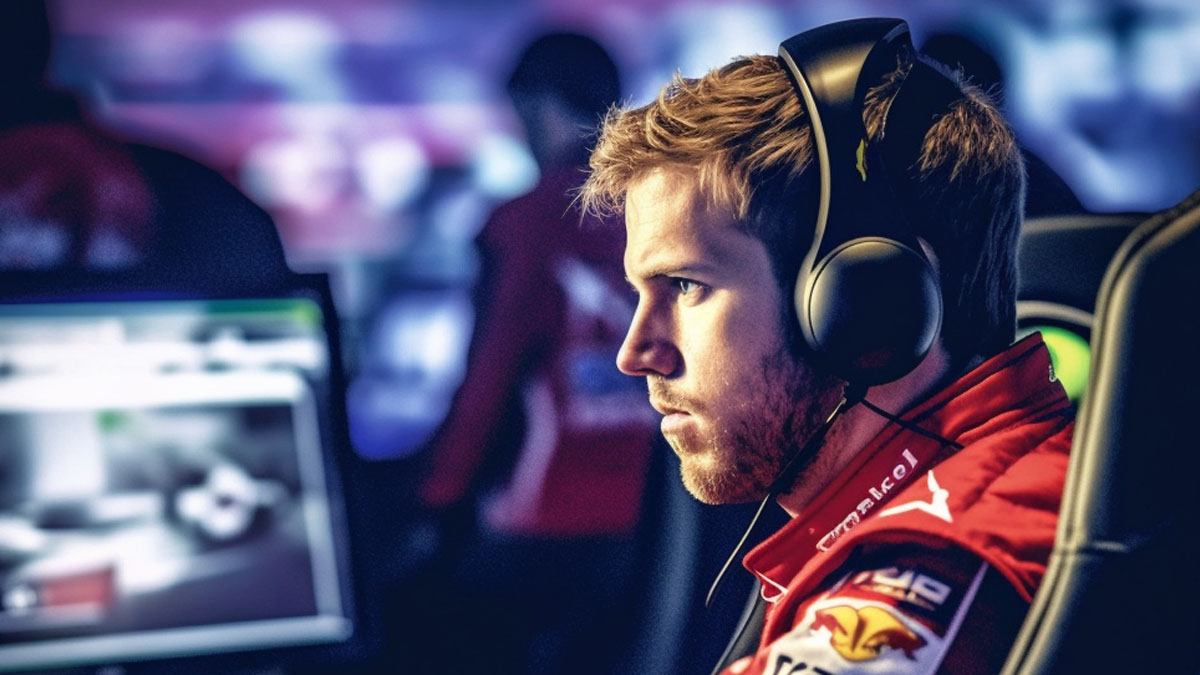


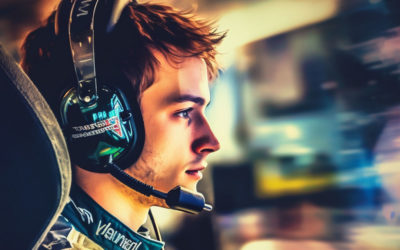
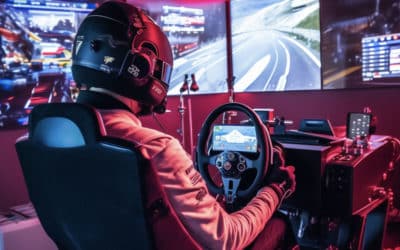
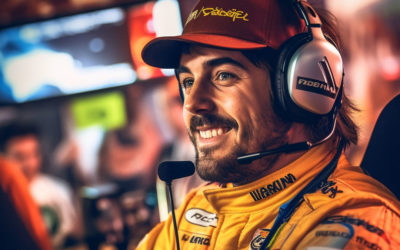
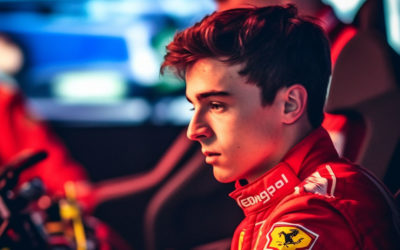
0 Comments